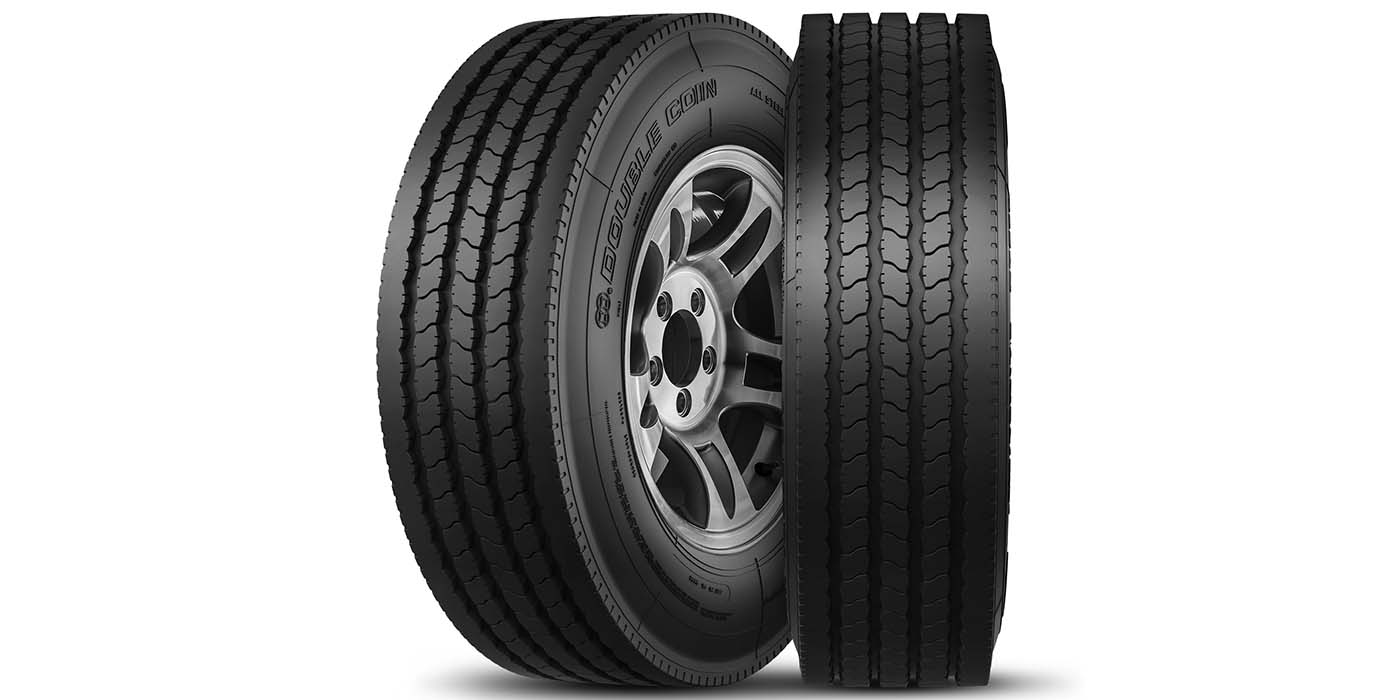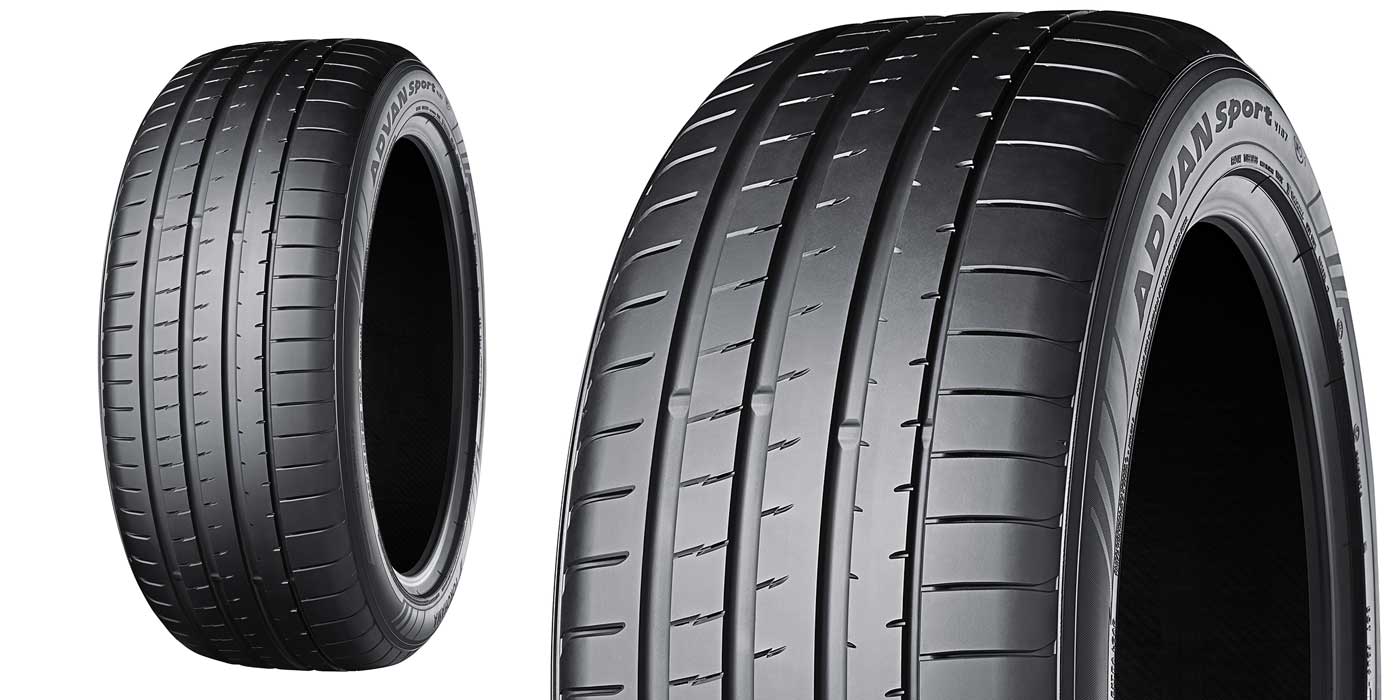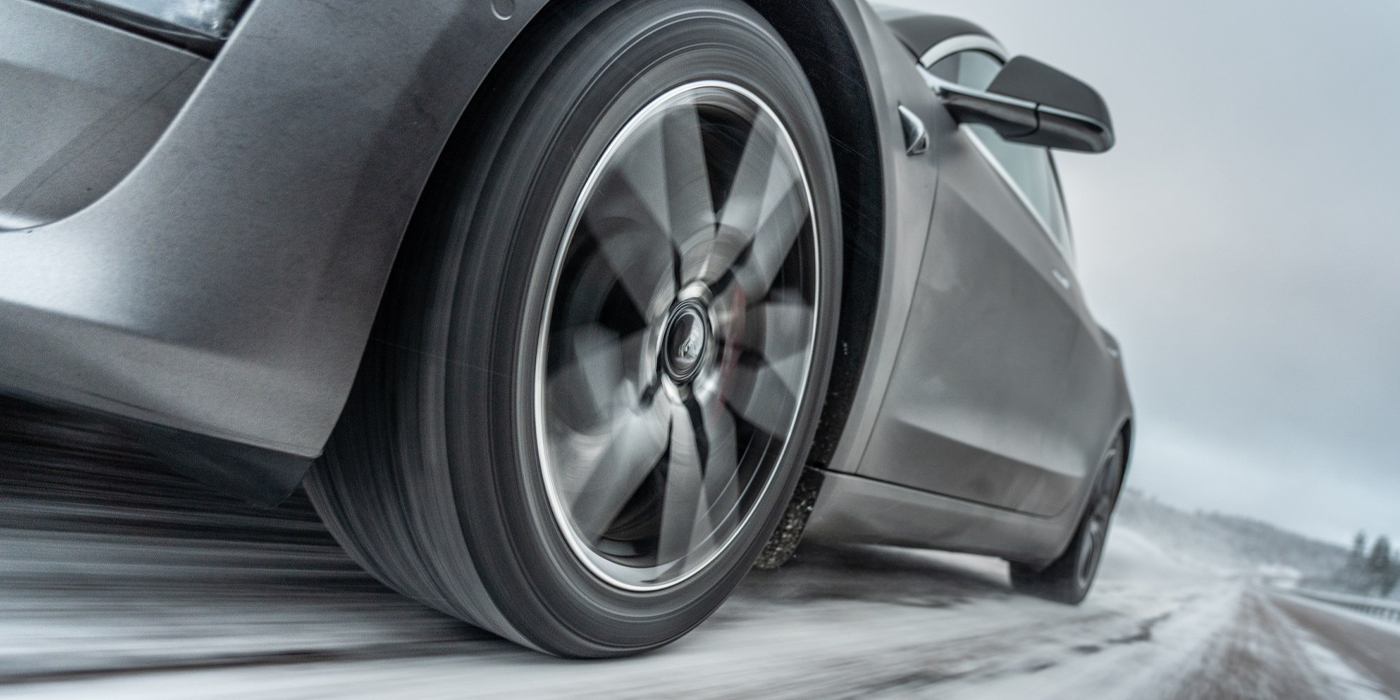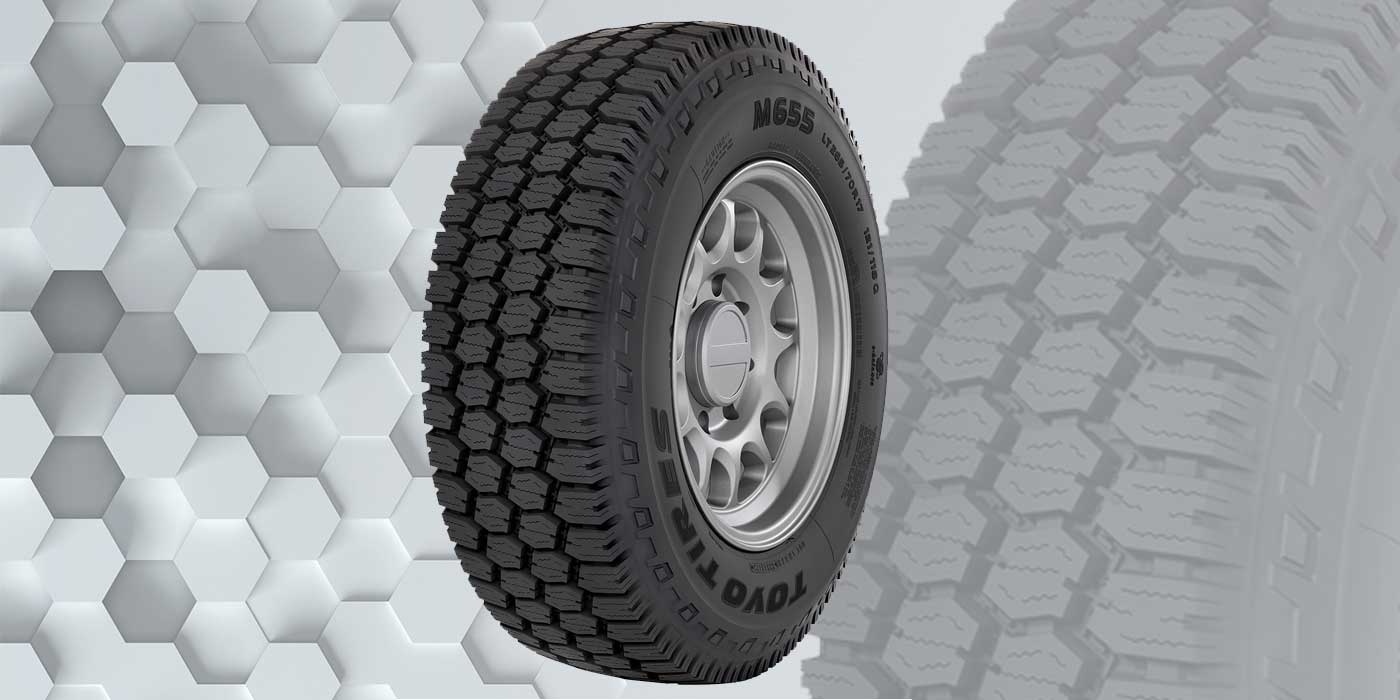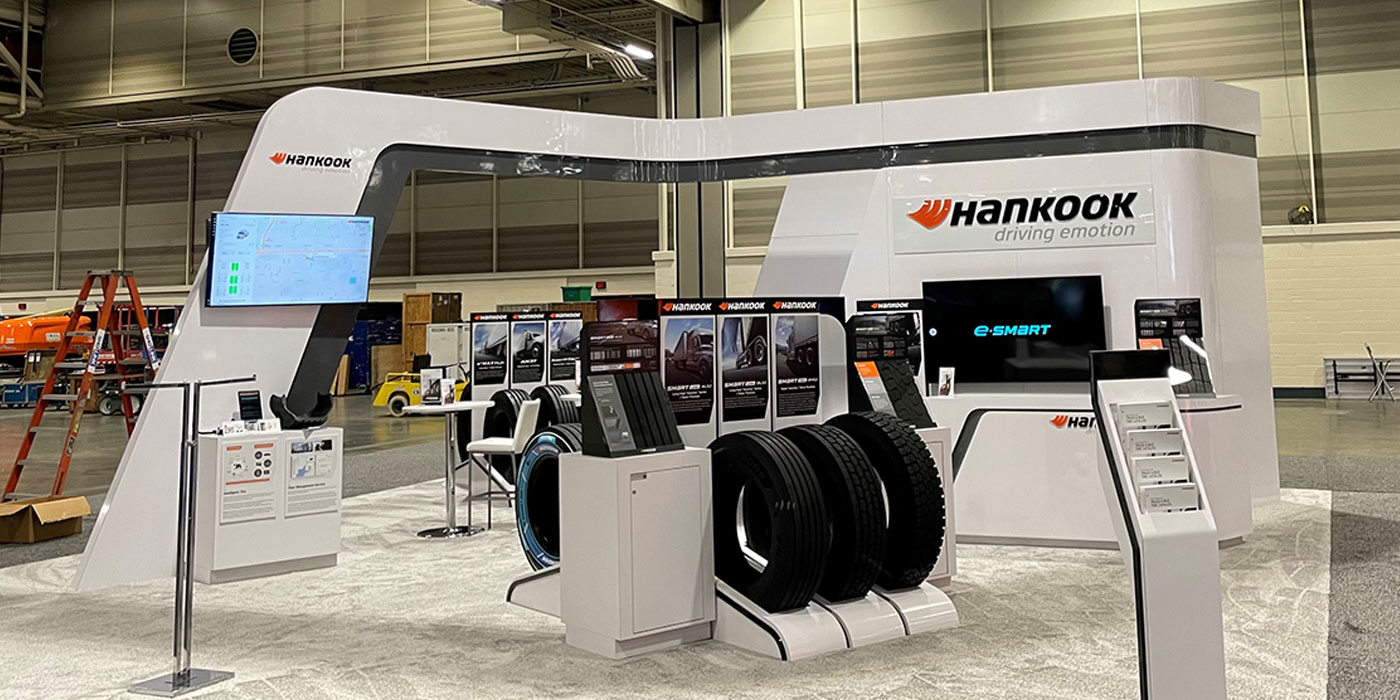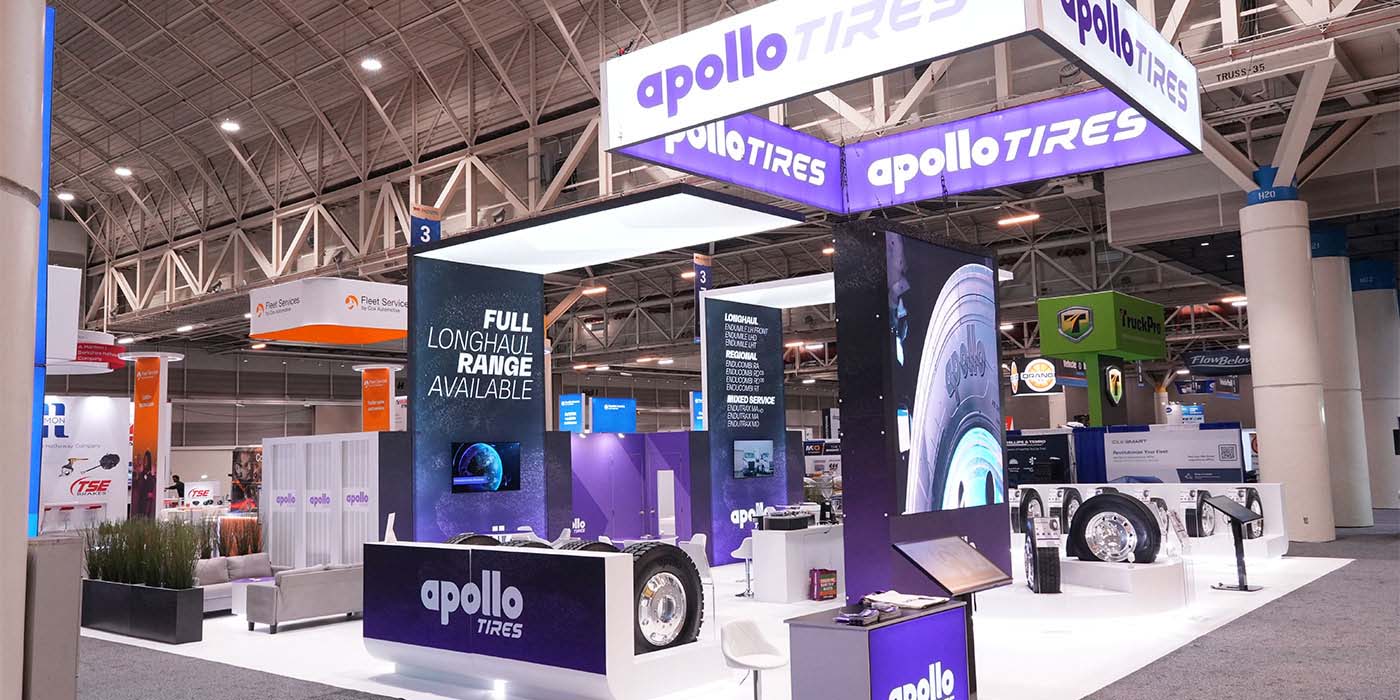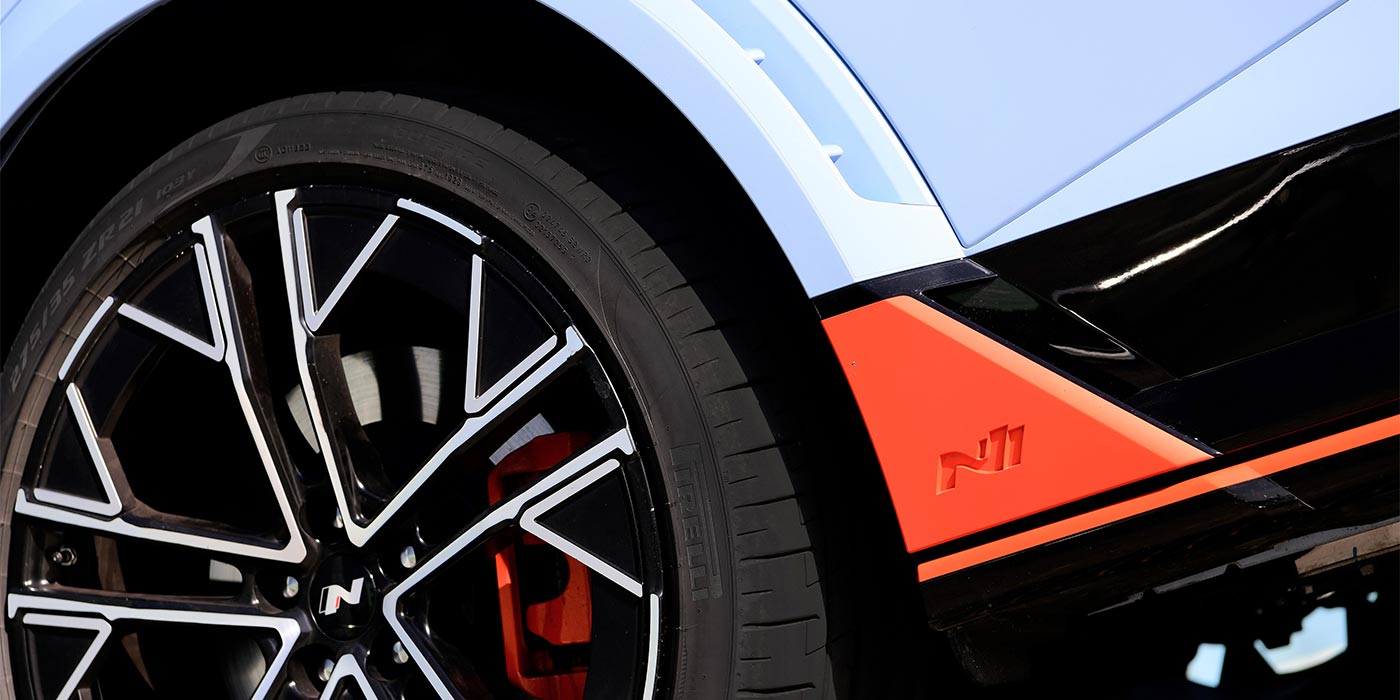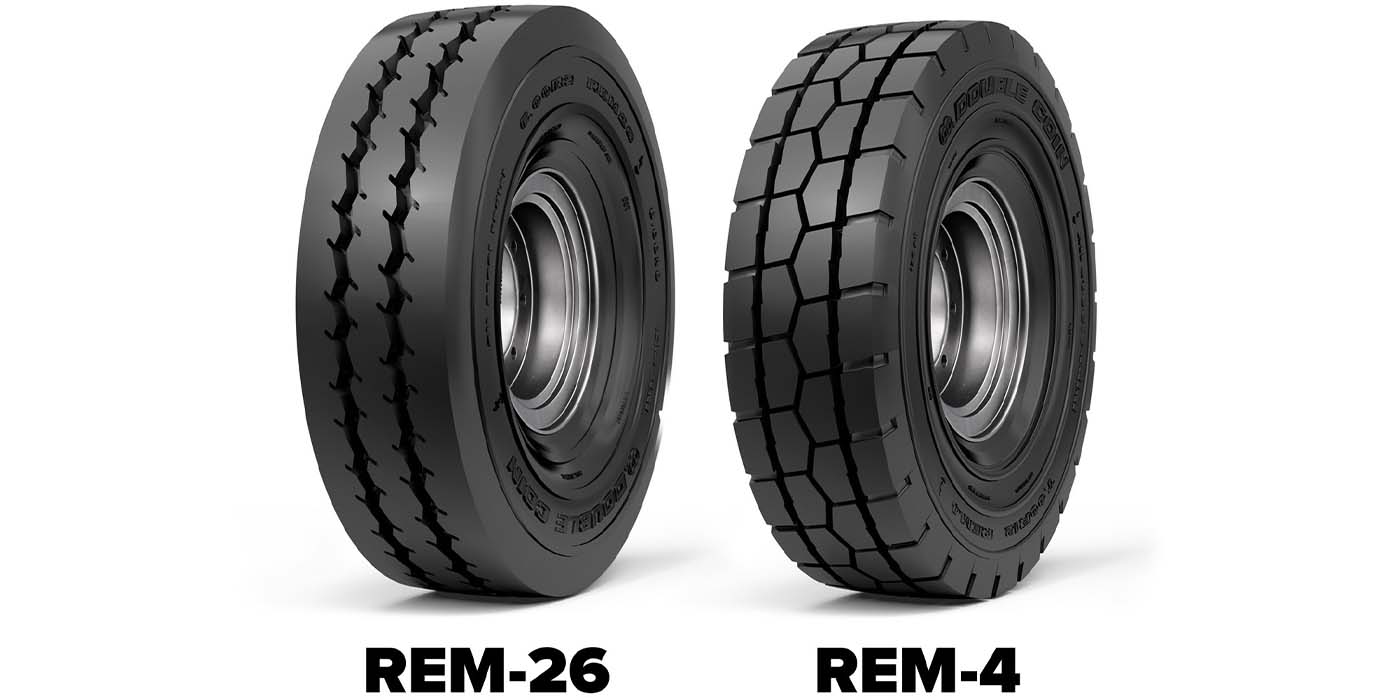After attending the recent Mid-America Trucking Show in Louisville, it was very clear that small fleets and owner/operators require some basic education when it comes to making tire purchases and maximizing their cost per mile. 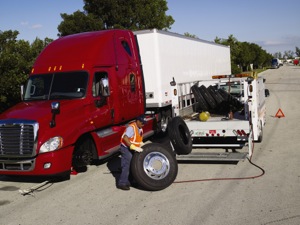
Medium and large truck fleets have the tire dealer’s ear on an ongoing basis. Large fleets are not only exposed to their local dealers, but also to tire company sales representatives. They learn about new products and how they can reduce their overall tire budgets by making performance-based business decisions regarding their new tires and retreads.
This is not the case for the “little” guy. Yet these smaller fleets and owner/operators represent a majority of the total commercial tire market. It just takes a lot more effort to work with this segment.
So what does it take for dealers to target the owner/operators and small fleet customers?
You should begin by addressing some tire basics. All tires may be round and black, but there are reasons why the initial buying price of Tire A is greater than Tire B.
First, the specific materials chosen for the tire model will have a major impact on tire performance. A good example is the innerliner compound. The innerliner helps trap the air from escaping into the atmosphere via osmosis. More expensive compounds can reduce the rate of osmosis; some may only allow a tire to lose 1 psi per month vs. other less effective compounds that can lead to a tire losing 2 or 3 psi per month.
And some of a buyer’s decisions affect tire costs. For example, initial tread depth is part of the story. Line haul drive tires come in a wide range of tread depths, from 22/32nds all the way up to 32/32nds. When is it better to use the deeper tread design pattern vs. a lower tread depth design? Is traction a main issue for a tire purchase decision, or is the choice solely about maximizing tire removal miles?
And what about fuel economy? Nearly every tire manufacturer has a line of fuel-efficient tires available in a wide range of sizes. These fuel-efficient tires typically carry a premium price, so it becomes difficult selling only on price when trying to promote a fuel-efficient tire. A commercial tire dealer needs to go through a ROI analysis with a customer, taking into consideration the potential cost of fuel saved vs. the initial cost of the eco tire.
Let’s use a small 10-truck fleet that currently averages 6 miles per gallon. Also assume that the fuel-efficient tire delivers 3% better fuel economy with a price premium of 5%. With those tires, fuel economy increases to 6.18 miles per gallon. That doesn’t seem like very much – until you make the calculation against fuel costs.
Right now, the pump price for diesel fuel is more than $4 per gallon. Our example 10-truck fleet averages 100,000 miles per year per vehicle. At 6 miles per gallon, that means the fleet uses 16,666 gallons per year per truck.
At 6.18 miles per gallon with the fuel-efficient tires, the same fleet would use only 16,181 gallons of fuel per year per truck – a savings of 485 gallons of fuel per year per truck. When you do the math, the 3% fuel efficiency improvement will save that fleet $19,400 over the course of one year. This large savings in fuel costs more than offsets the 5% or even 10% tire price premium likely with fuel-efficient tires.
Fuel Savings and Retreads
When you do promote a fuel-efficient tire design to your customer, it also is a good opportunity to help the owner/operator or small fleet understand the importance of keeping the tire properly inflated in order to maximize the fuel economy.
“Proper inflation pressure” is based on the worst-case axle load for a specific vehicle. Every tire manufacturer can supply a load/inflation table for each tire size and load range. That is how you should determine the proper air pressure specification for the various wheel positions on a tractor-trailer.
Another teachable moment comes when talking about air pressure gauges. The most common stick-type pressure gauges are only accurate to +/- 3 psi when the gauge is brand new. That means that a tire with 100 psi of actual pressure can be read as 97 with Gauge A and 103 psi with Gauge B.
As you know, over time those stick gauges are dropped numerous times, and the plastic “stick” and the spring inside the gauge become less and less accurate. The bottom line is for the small fleet to understand that running the correct pressure is critical to maximizing fuel economy, and it is vital to use accurate, calibrated tire pressure gauges.
From a commercial tire dealer perspective, the concept of a cradle-to-grave tire program can give you the best opportunity to promote your dealership with the small fleet and owner/operator customer. In the case of a fleet that runs in line-haul service, a steer tire can generate revenue for as much as 200,000 miles before it is time to be retreaded. That virgin casing is then typically retreaded as a drive tire. In the drive position with 28/32nds of tread, that casing can go another 250,000-300,000 miles. If the casing is still in good shape, some fleets can even retread a second time with a trailer pattern, and cover another 150,000 miles or more.
The key is for a fleet to keep casings in top condition. This comes from running the correct tire pressure – keeping the tire running cool throughout its entire life – and identifying early signs of irregular wear that usually can be corrected by proper vehicle alignment.
There are many options when it comes to retreads, including various compounds, tread designs and tread depths. Owner/operators and small fleets need help in choosing the perfect retread scenarios for their specific applications. The miles-to-removal may vary, but the one constant with retreads is treadwear measured in miles per 32nd. If your drive tires are averaging 15,000 miles per 32nd as a new tire, you want to choose a retread design that will give you at least 15,000 miles per 32nd. This is all part of a good cradle-to-grave tire program.
In the past, many owner/operators have been reluctant to run retreads because with only one or two trucks, they do not have the luxury of retreading their own casings. They must purchase a retread/casing where they do not know the “history” of the specific casing.
This obstacle is easily overcome by showcasing your retread partner’s facilities. Today’s retread plants are state-of-the-art and feature amazing technology. Retread plant tours along with “open house” events can certainly help in getting the message out. When you retread a tire casing, it has met stringent requirements and the owner/operator can feel confident he or she is getting a trouble-free product.
There are many opportunities for today’s commercial dealers to continue to grow their businesses through tapping the lucrative owner/operator and small fleet market. It just takes a little more detail work.

